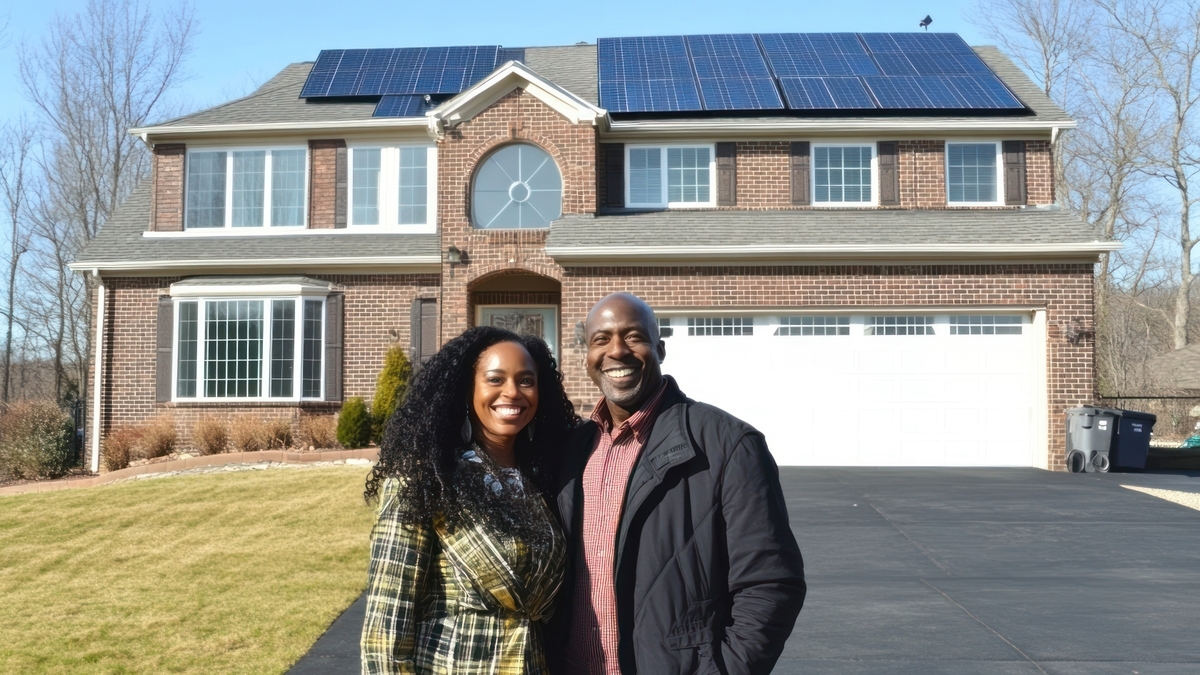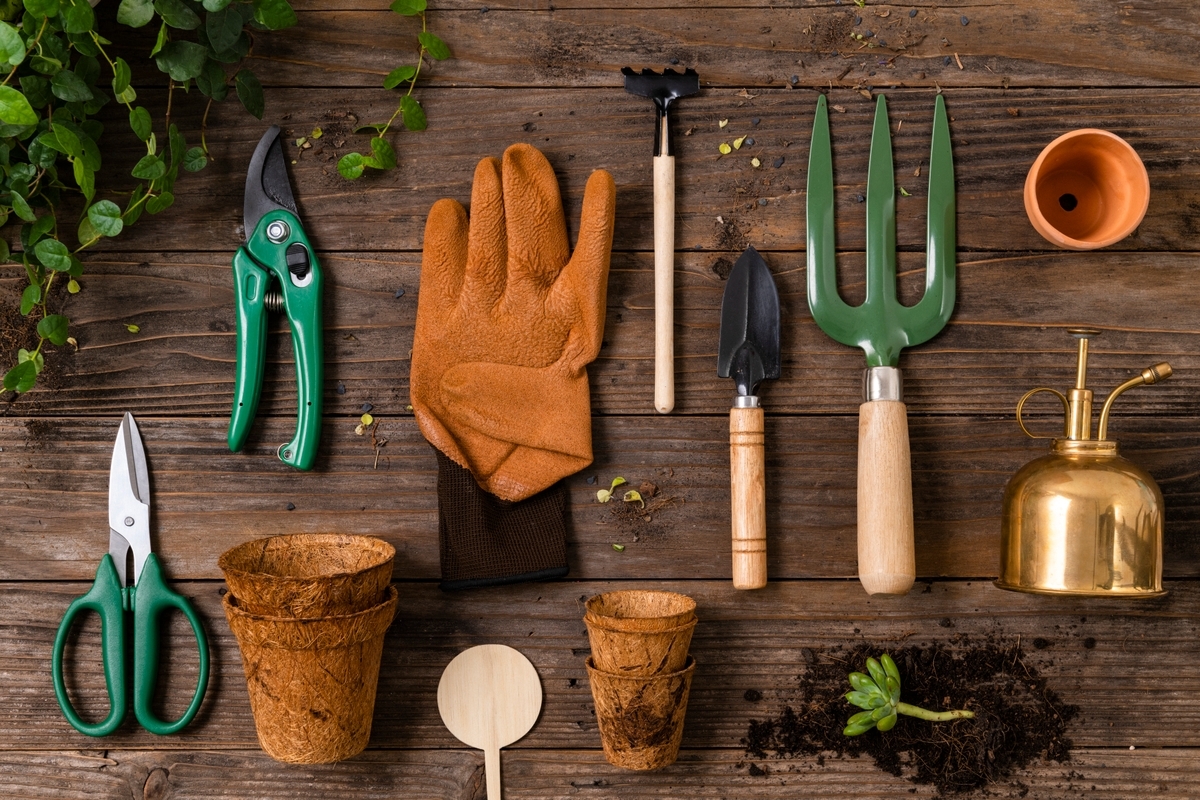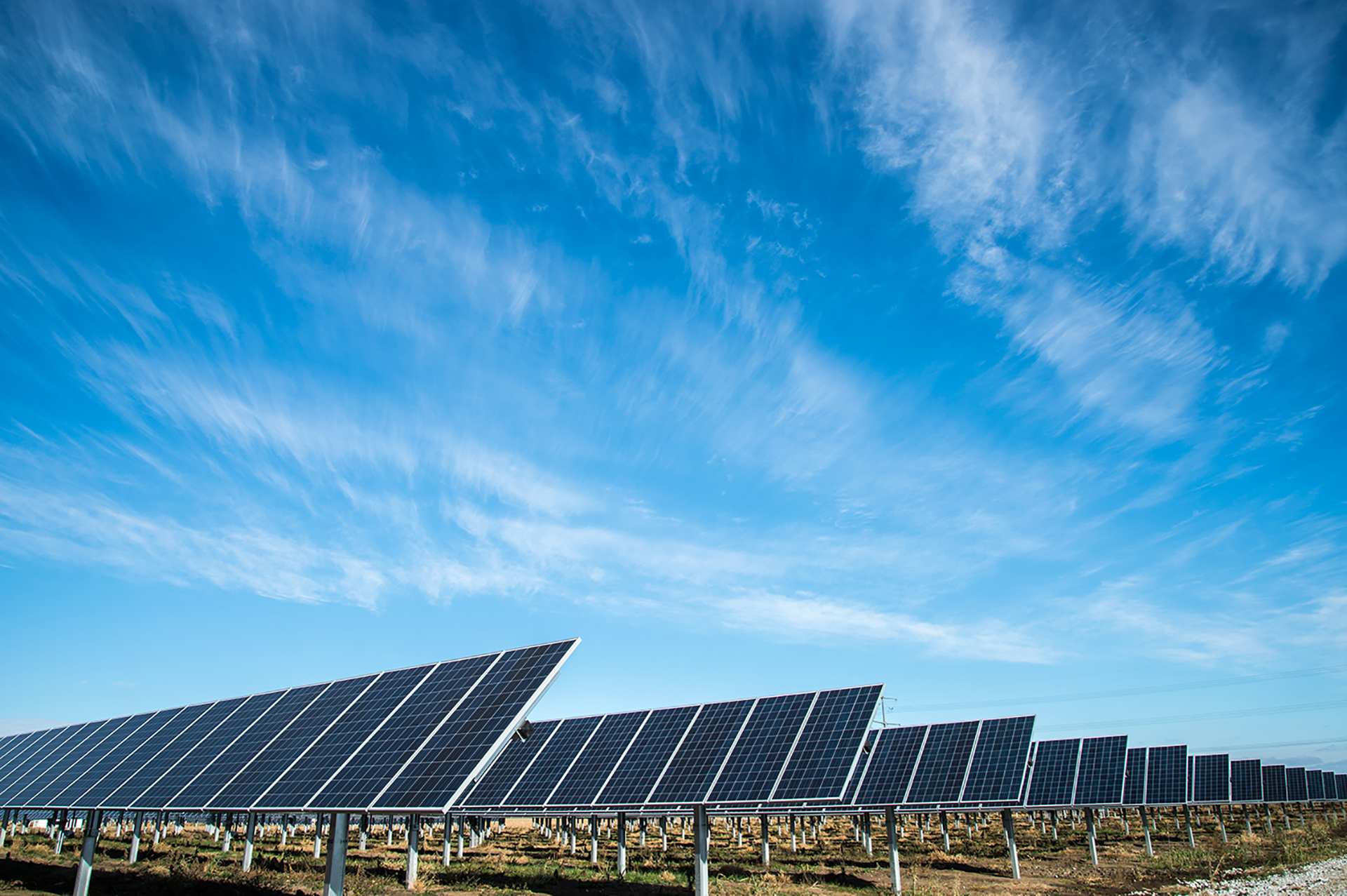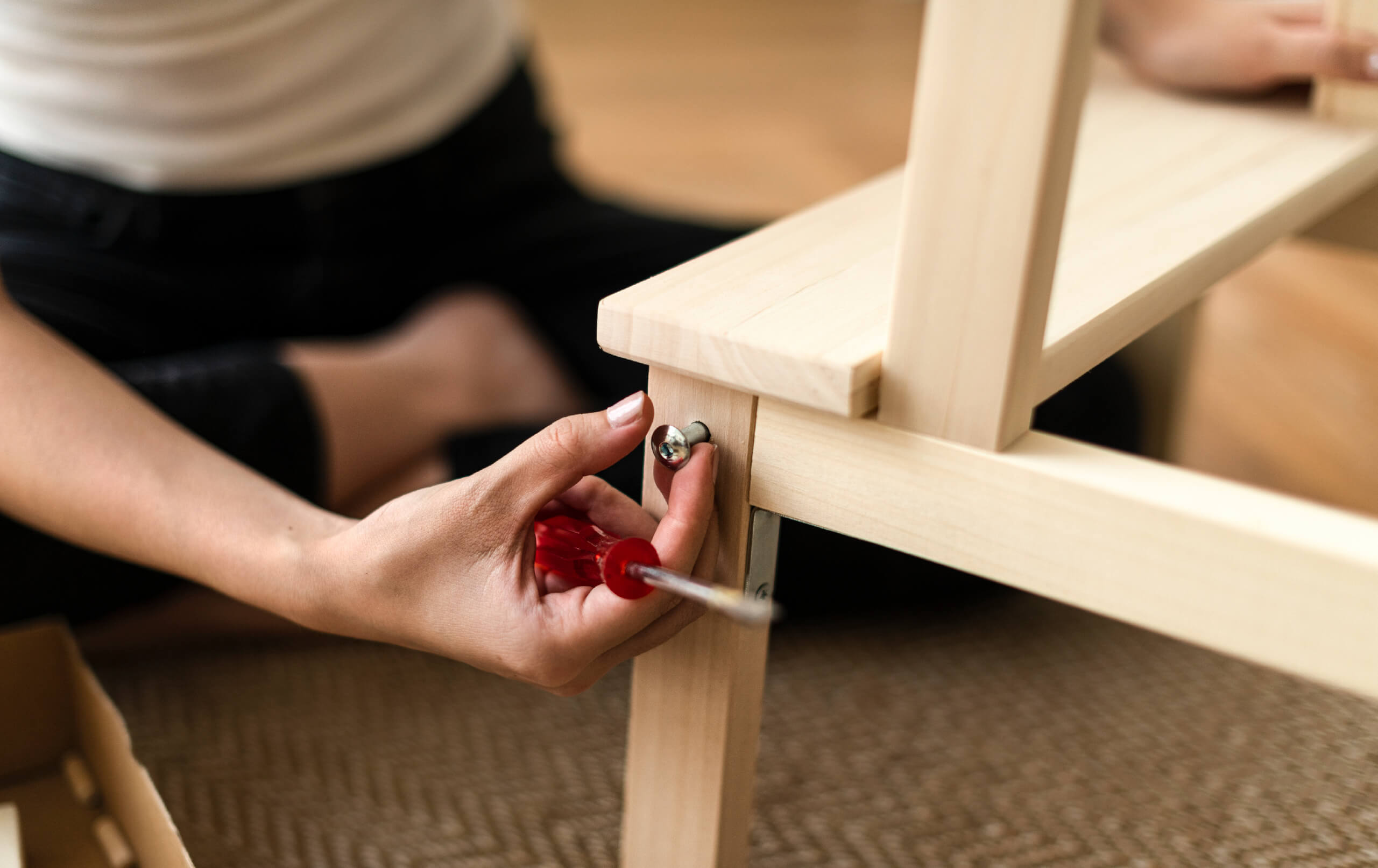Survival Guide for Your Lawn: Beating the Heat Wave
5 minute read

Summer heat waves can take a toll on your lawn, leaving it parched, stressed, and susceptible to damage. However, with a few strategic measures, you can help your lawn not only survive but thrive during the hottest months. Here are some practical tips to keep your lawn healthy and green even in the midst of a heat wave.
1. Water Wisely
Efficient watering is crucial during a heat wave. Instead of frequent shallow watering, opt for deep, infrequent watering. This encourages the roots to grow deeper into the soil, making them more resilient to heat and drought. Aim to water early in the morning or late in the evening to minimize evaporation and ensure the water reaches the roots.
2. Mow High
Adjust your lawnmower to a higher setting, leaving your grass longer. Taller grass shades the soil, reducing water loss and keeping the roots cooler. It also helps prevent weeds from taking over. Aim for a mowing height of about 3 to 4 inches during the peak of summer.
3. Mulch and Compost
Applying a layer of mulch around trees and garden beds helps retain moisture and keep the soil temperature regulated. Compost can also be added to the soil to improve its water-holding capacity and provide essential nutrients to the grass.
4. Avoid Over-fertilizing
Fertilizing your lawn in the middle of a heat wave can do more harm than good. High nitrogen levels from fertilizers can stress the grass and increase its need for water. If you must fertilize, opt for a slow-release formula and apply it in the early morning or late evening.
5. Aerate Your Lawn
Aeration involves perforating the soil with small holes to allow air, water, and nutrients to penetrate the grassroots. This helps reduce soil compaction and promotes healthier root growth, making your lawn more resilient to heat stress. Aerate your lawn in the spring or fall, and if you didn’t get to it earlier, even a mid-summer aeration can be beneficial.
6. Provide Shade
Temporary shade structures like umbrellas, shade sails, or even strategically placed garden furniture can help protect parts of your lawn during the hottest part of the day. While it’s not feasible to cover your entire lawn, providing shade to the most vulnerable areas can make a significant difference.
7. Use Drought-resistant Grass Varieties
If you’re in the process of planting a new lawn or overseeding, consider using drought-resistant grass varieties. Species like Bermuda grass, Zoysia grass, and Buffalo grass are more tolerant to heat and require less water.
8. Monitor for Pests and Diseases
Heat-stressed lawns are more susceptible to pests and diseases. Regularly inspect your lawn for signs of trouble, such as brown patches, wilting, or unusual spots. Early detection and treatment can prevent minor issues from becoming major problems.
9. Limit Foot Traffic
During a heat wave, your lawn is under stress and more vulnerable to damage. Minimize foot traffic and avoid heavy use of your lawn to prevent compacting the soil and damaging the grass blades.
10. Consider Professional Help
If you’re unsure about the best practices for your lawn or need expert advice, consider consulting a lawn care professional. They can provide tailored recommendations and services to help your lawn withstand the summer heat.
Final Thoughts
Keeping your lawn healthy during a heat wave requires a bit of extra care and attention, but the results are well worth it. By implementing these strategies, you can help your lawn endure the harsh summer conditions and emerge strong and vibrant. Remember, a resilient lawn not only enhances the beauty of your home but also provides a cool, green space for you and your family to enjoy.
For more tips on home maintenance and sustainability, stay tuned to Dwellin, where we empower homeowners to make informed and eco-friendly choices for their homes.















